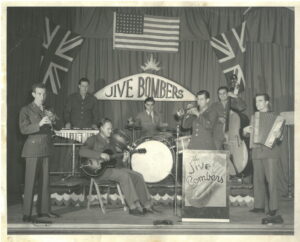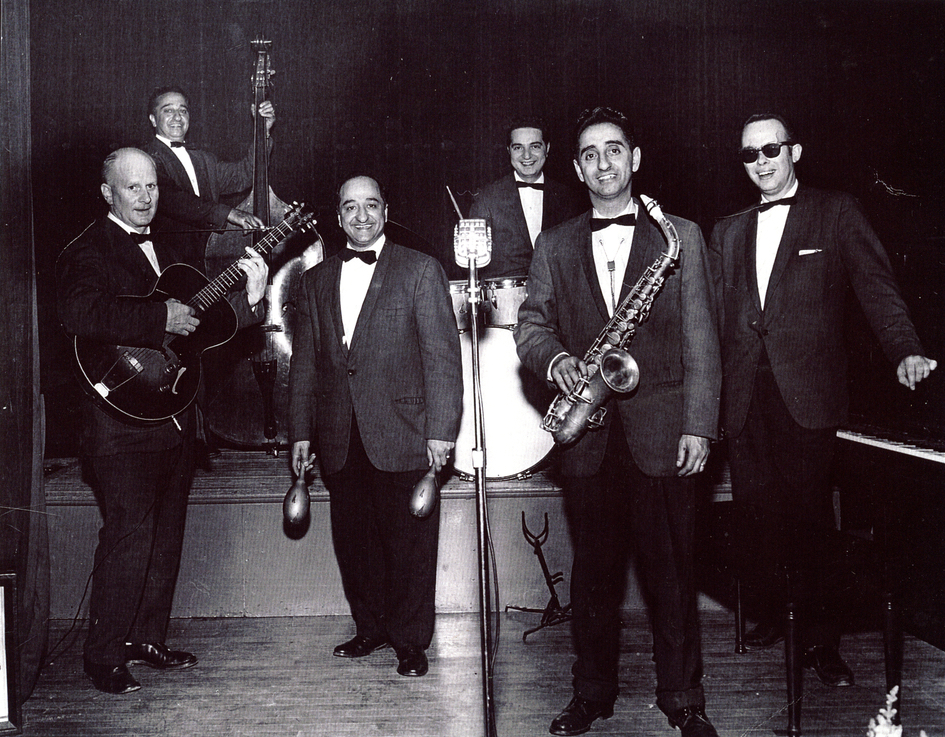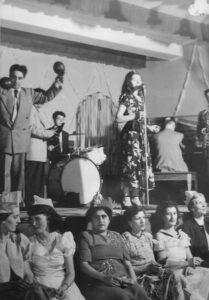From the Dabke to the Ducats: Lebanese-Newfoundland Musicians
In 1964, the Ducats made history by recording Newfoundland’s first rock ‘n roll 45 RPM record. They did this with Lebanese-Newfoundlander Joe Boulos behind the drums. The record had two songs: “Hey Woman” and “Stay Awhile.” It was the first recording made by a Newfoundland rock band. Joe Boulos was still with the Ducats when they released their full-length album – the second of its kind recorded by a rock band from Newfoundland. Both records are rare today and sought after by collectors.
Lebanese-Newfoundlanders like Joe Boulos have left their mark on the province’s music culture. From Tin Pan Alley, to jazz and rock ‘n roll, they have played a role in the spread of popular music.
Some Lebanese musical traditions persisted for at least two generations in Newfoundland. Living descendants of the first families remember learning to dance the dabke, a Lebanese folk dance, during their childhoods. Performance of Lebanese music and dance generally occurred in private.
The second generation’s whole-hearted embrace of western popular music was much more public. In the same way that Lebanese business owners were good at finding gaps in the market, Lebanese musicians were equally as adept at figuring out what the public wanted to hear.
Wyatt Shibley describes Lebanese-Newfoundland music including big bands like the Michael and Andrews family bands. Enjoy this audio clip with transcription (EN).
In 1932, the 18-year old Lebanese-Newfoundlander Peter Boulos composed and published a song entitled “Desert Night.” The waltz’s melancholic lyrics tell of longing for a distant love. The song draws on Middle-Eastern imagery of swaying palm trees and eastern skies. Published by Tin Pan Alley music publisher Frank Harding, “Desert Night” fit neatly into the style made popular by New York’s music industry at the time.
During World War II, Newfoundland’s American military bases hosted dances that featured bands led by Leo Michael and Chrissie Andrews. Their music was received warmly by homesick American servicemen.
Today, Newfoundlanders of Lebanese descent perform with the Saltwater Strings duo, the Newfoundland Symphony Orchestra, the Philharmonic Choir of the Newfoundland Symphony Orchestra, and the popular rock and soul band Billy and the Bruisers.




